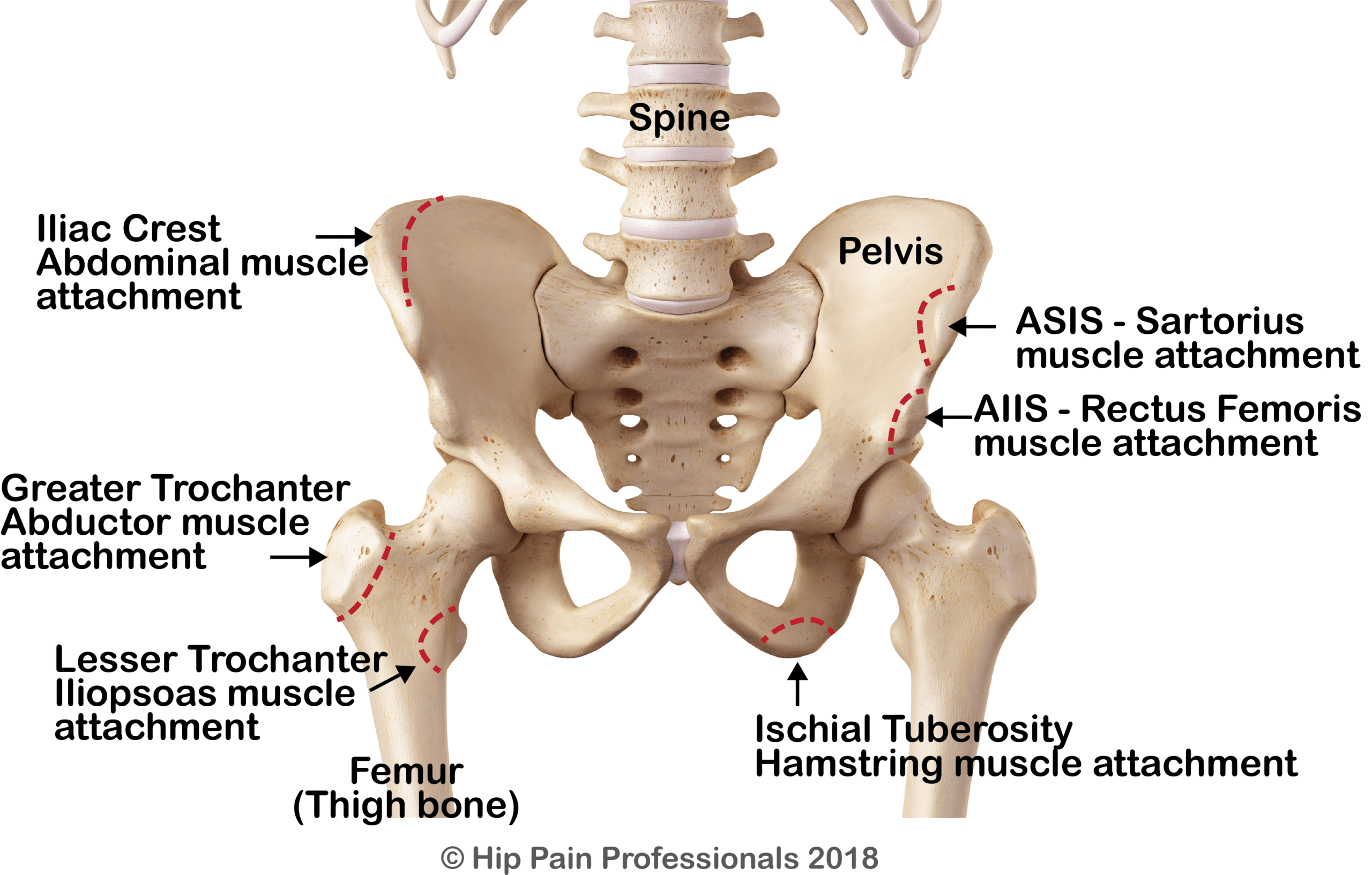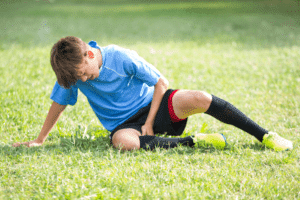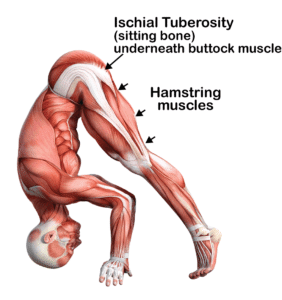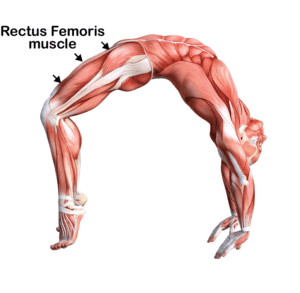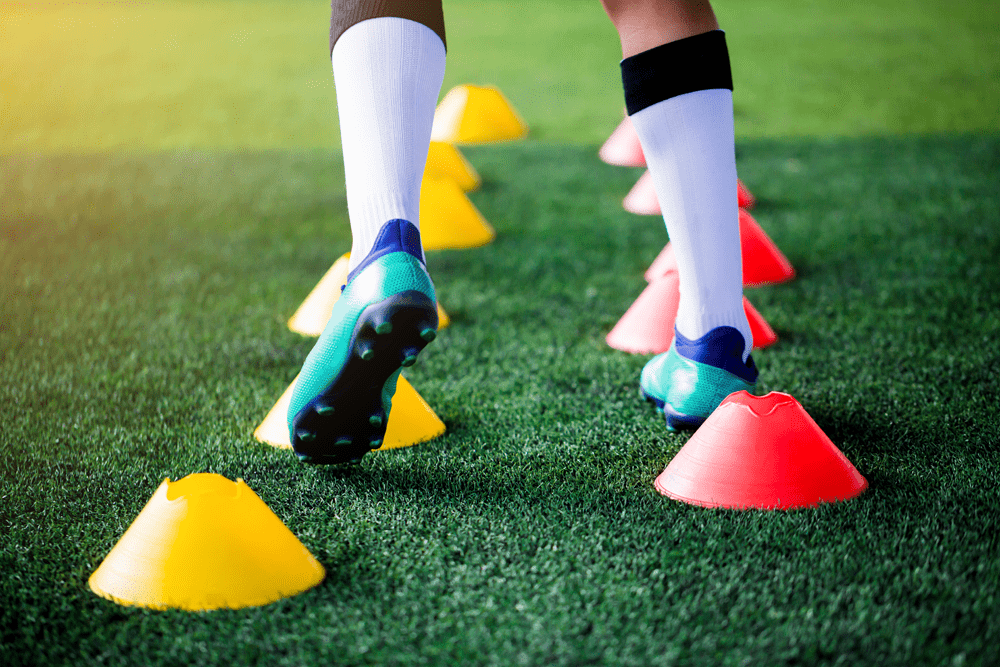Avulsion fracture
Non-surgical care
Adolescents with a minimal displacement of the bony fragment are generally treated non-surgically. Most will require a period of protected weightbearing, where crutches as used during walking to allow the pain to settle and the fracture to heal. Icing in the acute period can assist with pain relief. There is some evidence that non-steroidal anti-inflammatory medications should be avoided or limited where a bony injury is involved, due to the possibility that these medications may interfere with the bony healing process2.
Rehabilitation is initiated at an early stage to prevent unnecessary levels of muscle weakening and reduced mobility. An exercise program will have similar aims as for apophysitis, but the progress and recovery will be slower.
Return to sport requires:
- bony healing
- restoration of range of motion and muscle strength
- restoration of agility and sport specific skills
- restoration of confidence to return to sport (sport readiness)
Surgical care
Surgical intervention to reattach the fragment is rare in the immediate post-injury phase. This is generally reserved for athletes who sustain an avulsion fracture of the ischial apophysis (hamstring insertion at the sitting bone), where the bony fragment has been displaced more than 2cm.
Later stage surgery may be considered in those with:
- failed bony healing (non-union of the fractured segment)
- persistent pain
- inability to restore full muscle function with non-surgical measures.
An intensive rehabilitation program will be required following surgery.
Always seek out a health professional with extensive experience and up-to-date knowledge in this area.

